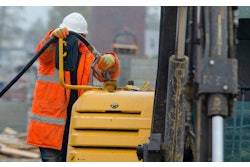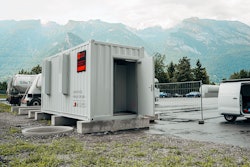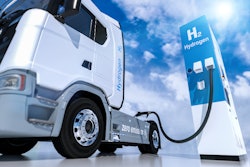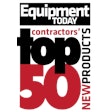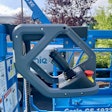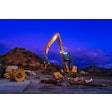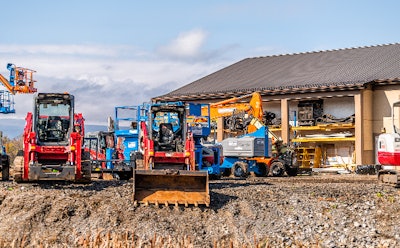
Sustainability initiatives, new regulations and technological innovation have opened a world of possibilities for the utility industry and construction sector.
With intense global initiatives to reduce carbon emissions, equipment manufacturers are exploring ways to lessen the carbon impact of their machines. A range of alternative power solutions are being considered: replacing the diesel engine, reconfiguring the engine to run on alternative fuels and making the diesel engine as efficient as possible.
Emissions Compliance
The utility industry is well on its way to lessening its carbon footprint with efficient diesel engines. Compared to Tier 1 engines, today’s Tier 4 Final engines offer a 96% reduction of oxides of nitrogen and a 97% reduction in particulate matter. The proposed Tier 5 emissions regulations will reduce emissions even further. The gradual retirement of an aging fleet will also reduce emissions, especially when you consider the significant reduction in emissions that occurred between Tier 3 and Tier 4.
Modifying these already efficient, conventional engines allows them to burn alternative fuels, which doesn’t typically require widespread changes in jobsite practices, machine componentry, or fueling infrastructure. Manufacturers are beginning to produce fuel-agnostic engines and explore the usage of various low-carbon fuels, including hydrogen, natural gas and ethanol.
Hydrogen and Electric Solutions
Hydrogen, the most abundant element in the universe, can be used as both a low-carbon fuel and a fuel cell to charge a battery-electric machine. In a fuel cell, electrical energy and water are produced through an electrochemical process combining hydrogen and oxygen. A clean and renewable source of high-density energy with good energy efficiency, manufacturers are working alongside the U.S. Department of Energy (DOE) in the early stages of hydrogen fuel cell implementation.
Much of the alternative power conversation has centered on electric, particularly in the compact and utility equipment industries. Commercially available electric machines feature varying degrees of electrification, offering zero emissions, less noise and instant response while delivering the same breakout force as a diesel-powered engine. Battery power density continues to increase as manufacturers utilize technologies to make better use of battery energy.
The instant response of electric machines also correlates directly to real-time efficiency, minimizing idle time and reducing wear and tear on the machine. With fewer components and moving parts than their fuel-burning counterparts, electric machines typically require less overall maintenance, reducing downtime and operating expenses. As the reliability of these electric machines is validated in the market, the utility industry will begin to meet regulatory and societal pressures to reduce carbon emissions while seeing operational gains.
The takeaway: There won’t be one singular solution to reduce carbon emissions. Industries will adopt a variety of alternative power solutions over the next handful of years.
AEM is the North America-based international trade group representing off-road equipment manufacturers and suppliers with more than 1,000 companies and more than 200 product lines in the agriculture and construction-related industry sectors worldwide. The equipment manufacturing industry in the United States supports 2.3 million jobs and contributes roughly $316 billion to the economy every year.
